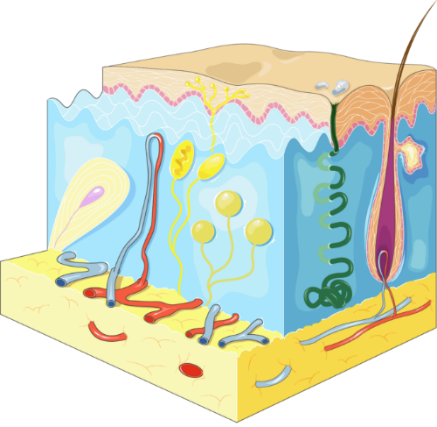Epidermolysis bullosa
Others
1. Dermatology
Many specialists will need to be consulted to manage the potential complications of the disease, but the dermatologist will have the most expertise regarding the implications of EB. As mentioned in Chapter 1, the skin is an organ that possesses its own nervous system, blood vessels, and unique cell types that perform sensory, protective, and thermoregulatory functions. Additionally, the mucous membranes, which typically serve as a protective coating for our organs, play a role similar to that of the skin. We will discuss the latter in greater detail when addressing gastrointestinal involvement.
In dermatology, lesions are typically classified as primary or secondary. Primary lesions appear on previously healthy skin, while secondary lesions evolve from either a primary lesion or another secondary lesion. Skin pathologies often present characteristic lesions that define them; however, in most diseases, several types of lesions may coexist.

In EB, the characteristic lesion is the blister, which forms in response to mechanical trauma. Blisters can develop on the skin of anyone after exposure to such trauma; however, the major issue in EB is that these blisters can arise from minimal skin irritation due to the skin's fragility. This fragility varies among individuals with EB, resulting from different mechanisms that contribute to skin weakness, differing in inheritance patterns, affected proteins, blister locations, and more. This variability among patients creates a wide spectrum of severity, meaning that the management of individuals with different types of EB can vary significantly. Both the classification and the cutaneous manifestations of each type of EB are explained in detail in Chapter 1.
Last modified
25 March 2025